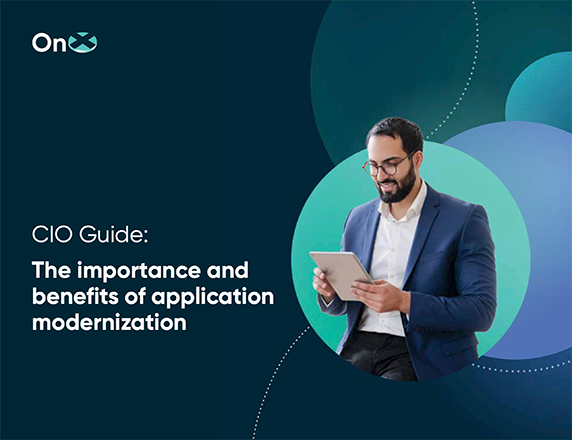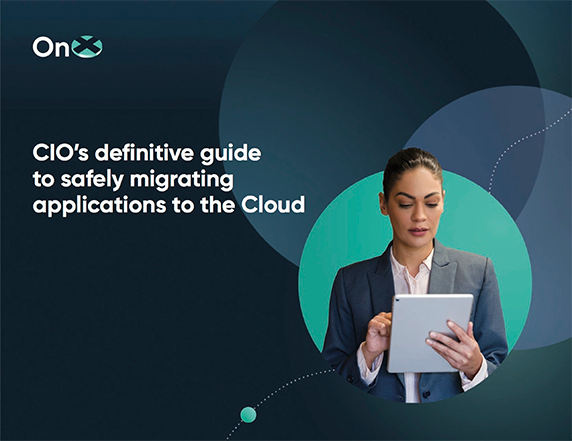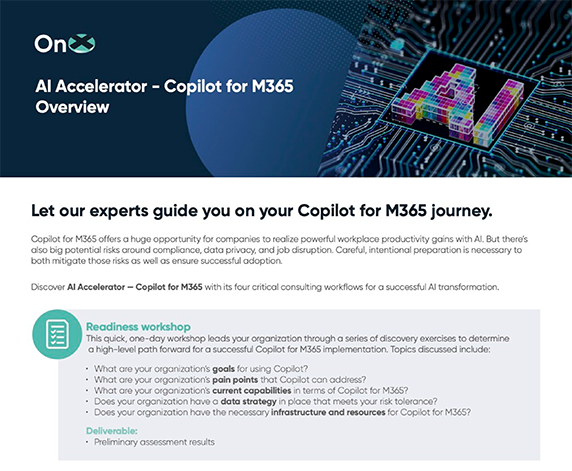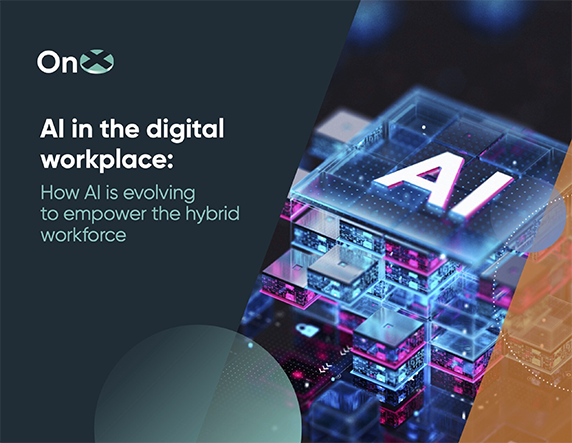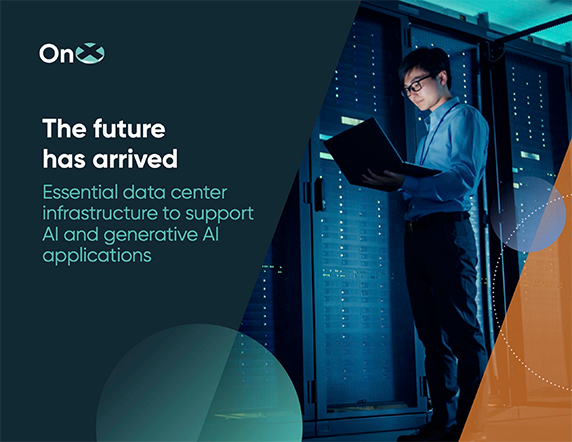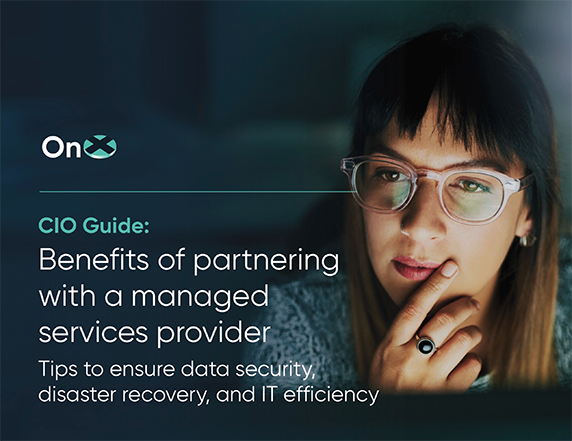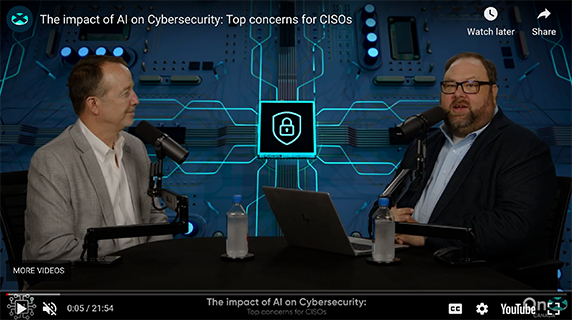
Anyone who works in IT knows there is no avoiding the discussions surrounding cloud-based solutions. According to 2024 Trends in Cloud & Managed Services Transformation, published by S&P Global, cloud managed services are a fundamental element of enterprise IT toolkits. Gartner, Inc. expects end users’ global expenditures on public cloud services to shoot up to $723.4 billion this year, up from $596 billion last year. Still, traditional IT systems remain a major component of enterprise IT systems. But that is due, at least in part, to the fact that there are organizations where traditional IT systems simply meet business needs. Some organizations depend on complex IT systems, making them more likely to consider cloud-based solutions.
However, legacy technology comes with an expiration date. It cannot evolve with business and operational needs. In other words, the cost of maintaining on-premises technology will eventually outpace a capital expenditure on new technology.
When weighing the benefits against the drawbacks of transitioning from legacy technology to a more modern IT solution, organizations need to consider the issues and expenses that come with continuously upgrading hardware rather than investing in cloud managed services.
Also read: Revolutionize your retail operations with cloud technology
Four vital factors to consider
1. Hardware upgrades are a capital expenditure
Modernizing installed hardware will result in significant costs to enterprise organizations. This investment can cost millions of dollars and prove hard to justify over expenditures that will boost sales and the customer experience. But upgraded equipment is just one part of the expense when investing in new hardware. There are also separate price tags for configuring new equipment and installing and maintaining it, as well as its relevant networks. There is also the associated electric bill and the fact that any new equipment is about to become outdated as soon as it is installed. So, attracting and retaining IT professionals with the skills to maintain new hardware will be increasingly challenging.
These are just some of the points that have given rise to cloud managed services.
An IT partner can manage and monitor cloud technology while staying on top of future technological advancements so that internal IT staff can prioritize innovating. Instead of a one-time investment of several million dollars, an investment in cloud technology can be budgeted and billed via monthly subscription. The cloud vendor is responsible for updating the technology, paying the associated electric bill, and ensuring the Cloud is always secure.
2. Expect to be billed for extra storage and more server capacity
The cost of computing performance decreases over time. This means that hardware has significantly more computing power than ever before, and many companies are purchasing more digital assets than necessary for negative ROI.
Partnering with a cloud managed services provider is a more economical approach to managing the cost of scalable resources. Clients are not billed for resources they do not use, and teams can respond immediately when the need arises to scale up or down.
Learn more: Nine advantages of a managed cloud environment from OnX
3. Disaster damage and system recovery
Legacy hardware systems typically have intricate recovery and backup plans often splintered among various providers. Businesses can face a serious hardship when a data recovery operation fails. Cloud managed services come complete with dynamic storage, making disaster response quicker and more streamlined.
Cloud-based servers are immune to the forces majeures that can damage on-site business equipment. Cloud technology is intentionally designed to include virtualization, containerization, and other forms of replication that allow for near-instant data recovery.
Price does not dictate the data protection strategies of enterprise-sized organizations. From small, independently owned businesses to major corporations, efficient disaster recovery solutions are within reach of organizations across the spectrum. So, businesses can quickly get up and running after disaster strikes.
4. Professionals with conventional technical skills are retiring
This challenge plagues organizations located in industrialized countries, but it mainly affects companies still dependent on the IBM Power iSeries. The IBM iSeries experts who serve these businesses have begun to retire. The next generation of IT professionals is unlikely to be trained on legacy hardware when they enter the workforce. It is still possible to source IT experts with knowledge of traditional hardware systems, but it is a more labor-intensive enterprise.
Cloud managed services are a simple solution
Cloud vendors offer advantages like computer performance, capacity, cost, and availability. However, the move from traditional hardware to cloud-based technology has the potential to be complex and to have noticeable effects on operations. A complete cloud migration, including drawing up blueprints and implementing and managing cloud systems, should be designed to meet specific client objectives.
Cloud journeys are complex. Organizations can turn to managed cloud service providers like OnX for tailored support leading up to, throughout, and after the process. We aim to equip companies with IT systems that reliably accomplish their core corporate objectives and set them up for future success. OnX’s Disaster Recovery as a Service and Unified Communication as a Service allow organizations to stay competitive or outperform the competition because of these new technological advancements.
The IT staff at OnX has the competencies and certifications, as well as 24x7x365 availability to provide your business with on-demand support.
Get in touch today to learn more about OnX managed cloud services.

